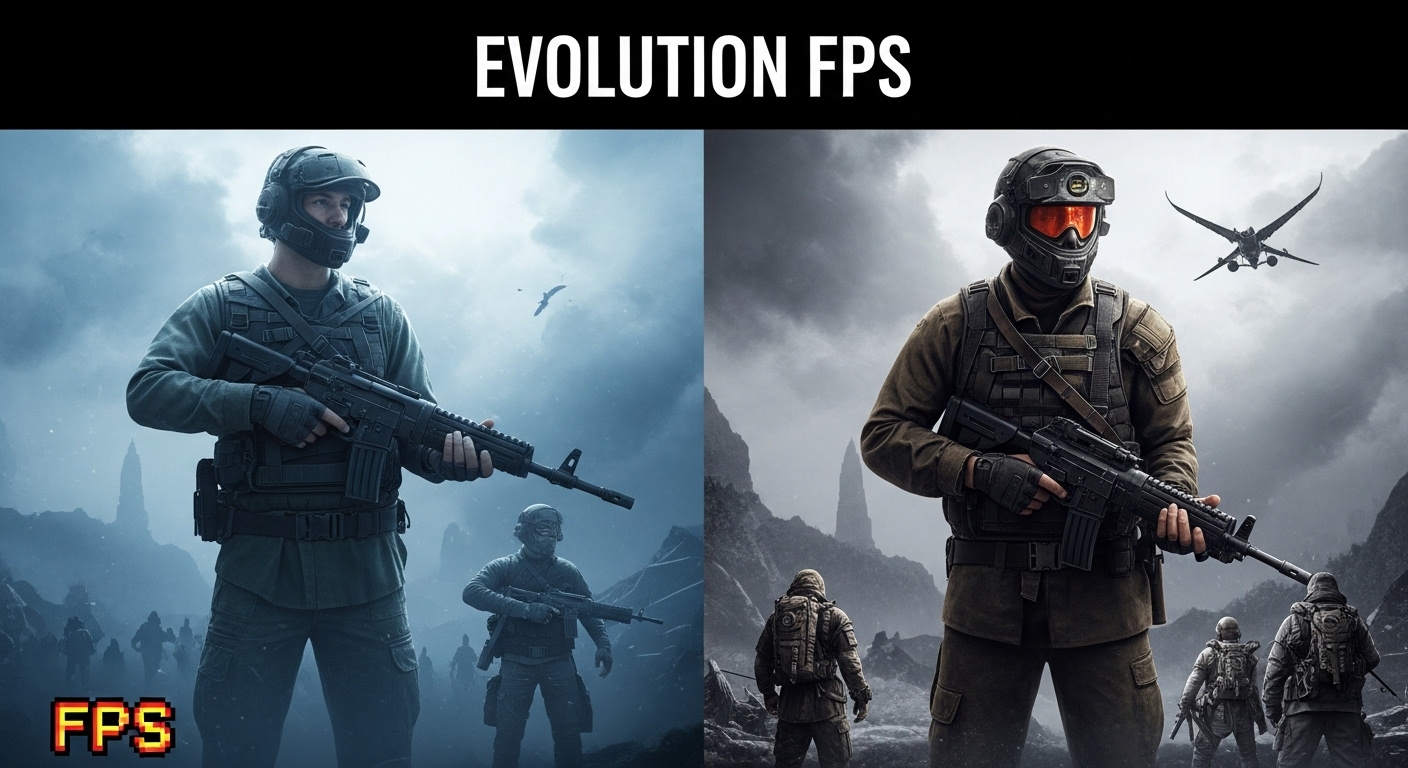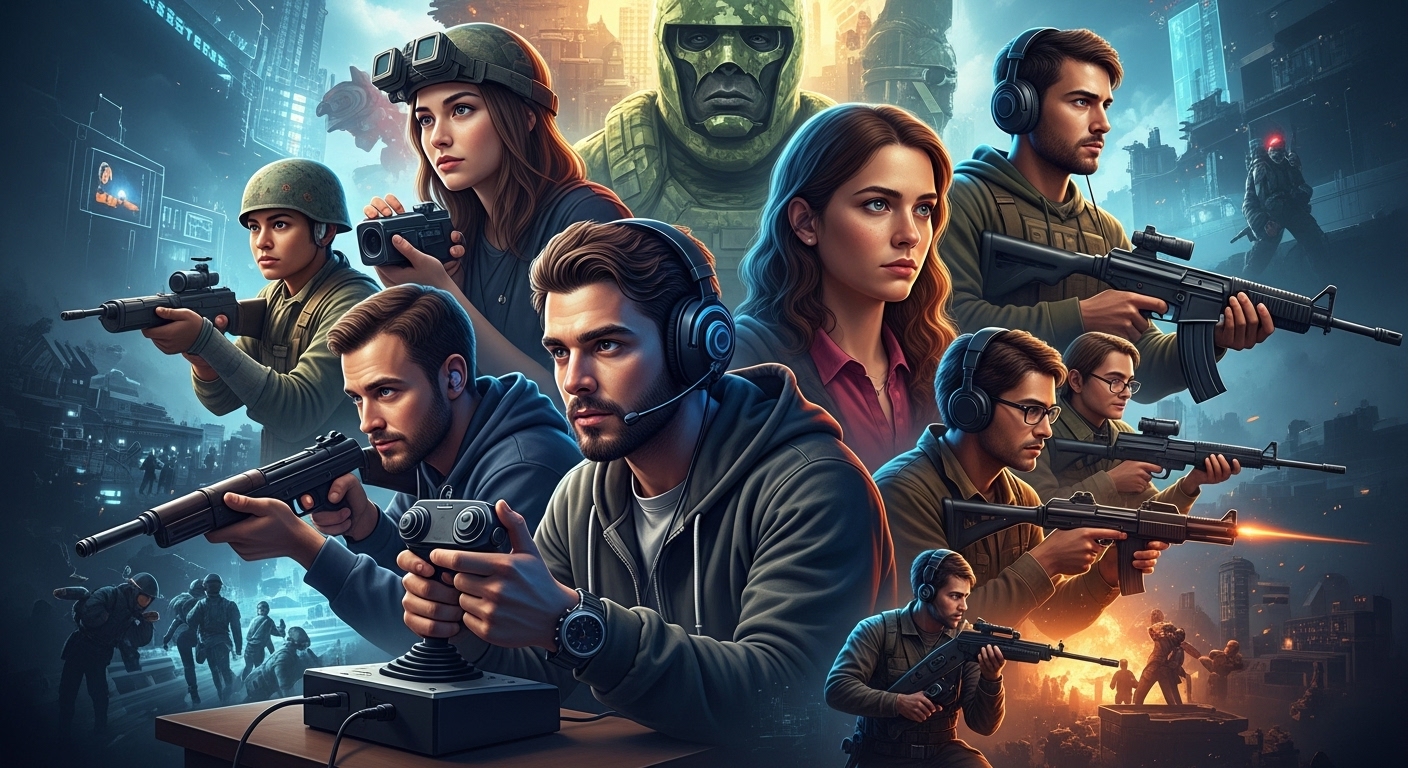**The Rise of FPS: A Comprehensive Look at First-Person Shooters**
**Introduction**
In the realm of video games, one genre has stood the test of time, captivating players around the world with its intense action and immersive gameplay: First-Person Shooters, commonly known as FPS. From the pixelated worlds of the early days to the hyper-realistic environments of today, FPS games have evolved into a cornerstone of the gaming industry. Let’s delve into the history, significance, applications, and future trends of FPS games in this comprehensive blog post.
**History of FPS Games**
The roots of FPS games can be traced back to the 1970s and 1980s, with titles like “Maze War” and “Spasim” laying the foundation for what would become a revolutionary genre. However, it was id Software’s landmark release, “Wolfenstein 3D,” in 1992 that truly popularized the FPS format. This was followed by the iconic “Doom” series, which solidified the genre’s place in gaming history. The introduction of 3D graphics in the mid-1990s further enhanced the immersive experience of FPS games, paving the way for classics like “Quake” and “Half-Life.”
**Significance of FPS Games**
FPS games have had a significant impact on the gaming industry and popular culture as a whole. These games have pushed the boundaries of technology, driving advancements in graphics, AI, and game design. The competitive nature of FPS games has also led to the rise of professional esports leagues, attracting millions of viewers and offering lucrative opportunities for skilled players. Additionally, FPS games have been instrumental in shaping storytelling in video games, with titles like “BioShock” and “Call of Duty” delivering compelling narratives alongside thrilling gameplay.
**Applications of FPS Games**
Beyond entertainment, FPS games have found applications in various fields, including military training, education, and healthcare. Military organizations around the world use realistic FPS simulations to train soldiers in combat scenarios, allowing them to hone their skills in a safe and controlled environment. In the education sector, FPS games are utilized to create immersive learning experiences, teaching students history, science, and problem-solving skills in engaging ways. Furthermore, researchers are exploring the use of FPS games in healthcare settings to help patients recover from injuries or manage chronic conditions through gamified therapy programs.
**Future Trends in FPS Games**
As technology continues to advance, the future of FPS games looks increasingly promising. Virtual reality (VR) and augmented reality (AR) technologies are revolutionizing the way players interact with virtual environments, offering unparalleled levels of immersion and realism. The integration of AI-driven systems in FPS games is also on the rise, enhancing enemy behavior, level design, and overall gameplay experiences. Additionally, the growing popularity of live-service models and cross-platform play is reshaping the multiplayer landscape of FPS games, fostering larger and more connected player communities.
**Conclusion**
In conclusion, First-Person Shooters have come a long way since their humble beginnings, evolving into a diverse and influential genre that continues to captivate gamers of all ages. From their historical roots to their modern applications and future trends, FPS games have left an indelible mark on the gaming industry and beyond. As technology advances and creative minds push the boundaries of what is possible, the future of FPS games promises to be even more exciting and immersive. So, whether you’re a seasoned veteran or a newcomer to the genre, there has never been a better time to experience the adrenaline-pumping thrills of FPS gaming.



